Pansies are charming flowers that are among the first decorate flower beds and summer cottages in spring. Another name of the beautiful plants - Viola or a tricolor violet. It has long been, a delicate flower that resembles fluttering multicolored butterflies, was a symbol of loyalty and early spring. There are about 500 types of pansies, affecting the beauty and variety of color scheme: shades of gentle blue, yellow, blue, pink, purple, white and even black. Most often, the flower has a two-color color - the petals of a light shade are perfectly combined with a brighter coloring petals and a dark, unusual shape, core.
Due to the long breeding work, hybrids of plants resistant to heat and non-blossoming all summer were obtained. Flowers love Viol for its unpretentiousness and a simple process of growing, both in the open soil and in the porridge on the balcony or pot. On how to grow pansies at home, and how to properly care for the plant, read further.
Pansies at home: description and classification
Viola is a herbaceous plant, low (from 15 to 30 cm in height), with reprehensive and branched stems. In our latitudes is grown as a two-year-older. Viol leaves have an oval shape, arranged on long stiffs. Root system - urine. Special love of spring plant gives tender flowers with contrasting petals and a mandatory dark spot in the center. There are monochrome, two-color and tricolor varieties of pansies, which are classified in height of the bustle: low, medium and high instances. As well as on the size and form of petals:
Anytino's grade - Small-flowered Viola
Small-flowered viola is a compact bush with small flowers up to 6 cm in diameter. Divided into several groups:
- Hemalis winter. It is distinguished by early bloom and frost resistance, which allows you to grow pansies at home in pots on the balcony. Popular varieties:
- Nordpol - with snow-white monophonic flowers;
- Helios - Kostik decorate small flowers with bright yellow petals;
- Mars - deep blue tint petals;
- Jupiter - flower with a combination of white and scarlet petals.
- Universal F1. Medium-sized bushes with abundant flowering rich color gamut.
- Rococo - Viola variety with purple corrugated petals.
- Flamenco F1. - Viola petals of this group predominantly yellow, orange and red colors.
Anyutini Eye - Firmworm Viola
Bush - branched, flowering intense. Flower diameter - up to 7.5 cm.
- TRIMARDO. This type includes viols with a classic form of inflorescences of a variety of coloring: soft blue, red, pink, black.
- Swiss giant. Differs in early and long blossom, frost-resistant grade.
- Joker F2. Three-color painting of petals.
Anyutin Eye - Large Viola
A small bush with large bright flowers in diameter up to 8.5 cm. Large-eyed pansies look gorgeous and most often decorated flower beds and flower beds. A huge variety of varieties with rich color gamut and long blossom.
The most beautiful hybrid Viol varieties:
- Alpensee - Bright purple large flowers.
- Bambini is a two-color violet in the yellow-lilac scheme.
- Firnengold - with golden large flowers.
- Maxim Marina is one of the luxurious varieties. The edges of petals painted in purple color with white rim and yellow eyes.
Pansies: Growing at home
Viola is unpretentious garden culture, which is perfectly grown in a pot in room conditions. Homemade pansies charming looks in suspended chest and pots on the balcony, terrace. For abundant flowering, the plant requires fresh air and sufficient lighting, so open solar loggias or balconies are suitable for growing pansies in pots. Experienced flowers are bred beautiful flowers even on the windowsill.
Pansies at home: optimal conditions for growing
In order for the delicate flowers to please the cream of paints and long flowering at home, the plant needs to create ideal conditions for growth:
- Lighting. Viola is demanding of the light, but does not tolerate scorching sunlight. The bright sun is detrimental for gentle petals. Therefore, pots or containers with flowers are better accommodated from the eastern or western side of the building. For the cultivation of pansies, the south balcony is also suitable, but the blinds protected from the Sun, which will protect the plant from the hot summer sun at noon.
- Temperature. The optimal temperature of the air for the growth of the flower is 10-25 degrees.
- Air. Pansies bloom well only in the presence of fresh air that temper the plant. Therefore, grow flowers on the windowsill quite difficult, it is necessary to ensure the landing of the constant access of fresh air.
Separation of seedlings of pansies from seeds at home
Pansies are remarkably multiply by seeds so that flowers blooms in the spring, seed seeds at seedlings in late January or early February. The seeds of the pansies can be purchased at any store, which offers a wide selection of varieties.
Stages of work:
- Prepare a container for growing seedlings with light and fertile soil. Containers for seedlings must have drainage holes to avoid moisture stagnation in the ground.
- Before sowing seeds, the ground must be moisturized and divided into shallow grooves, up to 1 cm deep.
- Spread the seeds into the grooves, plant them with the earth and moisten the soil from the spray gun.
- Placed seeds must be covered with transparent glass or film and set a seaser into a dark and warm place (at temperatures up to 20 degrees).
- From time to time it is necessary to drive a glass or a film for venting and moisturizing the soil.
- The first shoots please the eye a week after sowing seed. As soon as they appear, the container with the seedle is made out of a dark place and raise the shelter to access fresh air. The temperature in the room where the seedlings will stand should be within 15 degrees.
- As seedlings grow, once a week it is necessary to enter a weak fertilizer solution for flowering plants.
- As soon as a pair of leaves appear on the shoots, the seedlings of pansies can be seeded in separate pots. Flower pots for seedlings must have drainage holes, and they are laid by drainage to 2-3 cm: clamzite, foam in order to prevent the roots.
Top of drainage poured a moisture permeable light and fertile soil. - When transplanting seedlings into a long container, the distance between the bushes is 10-15 cm.
Pansies: care at home
With the further cultivation of pansies in the pot, it is necessary to take into account some features of the plant and comply with the following rules:
- Light-loving Viola needs to protect against the scorching rays of the sun. With sufficient sun, the flowering of a tricolor violet will be abundant, lush, but not long. If the pot or container with flowers is placed instead of scattered sunlight, the duration of flowering can be continued.
- How to water the pansies at home? Watering produce frequent and abundant, using warm soft water. In the heat, flowers watered 2 times a day: in the morning and evening. If the air temperature is low, watering is reduced, not allowing the mooring of the soil.
- So that the flowers on the balcony pleased with long and bright flowering, Viol must be picked up with a complex floral fertilizer for violets.
- Radiated pansies are removed to ensure the formation of new buds.
- It should be carefully examined by the leaves of the plant, since Viola is often susceptible to the attack. Fungicides are used to combat pests.
- In the first year after landing, pansies, as a rule, do not bloom. Lush flowering is worth waiting for the next year.
- During the hot summer days, the pansies can lose their decorativeness: the stems dry, the leaves are dried, flowering slows down, flowers decrease in diameter. In this case, the bush must be rejected. For this, the plant stems are shortened by half or make a cardinal trimming of a bush, leaving only the leaves. After 2 or 3 weeks of Viola will give rise to new young shoots and resume its attractive appearance.
- Since Viola is a cross-peer plant, when landing in a container of different varieties, space should be observed.
- How to transplant pansies? The violet tricolor remarks remarks the transplant during flowering. The landing of the pansies in the pot is carried out by transshipment with an earthen room. The flower comes around and feels great in a new place.
Harvesting seeds of pansies at home
The seeds of pansies are ripening in boxes on the flowers after the flower is wondering. The seeds are very small and easily poured out of the box, so it is so important not to skip the picking time of the seed material from the bush. As soon as the boxes stretch up, they are cut. The extracted seeds are placed on natural fabric and leave to dry. Then dried seed material stored in the refrigerator.
Observing uncomplicated landing and care for pansies, you can decorate your balcony or loggia with charming and cute flowers throughout the summer season.
Pansies: A variety of varieties and photos in pots

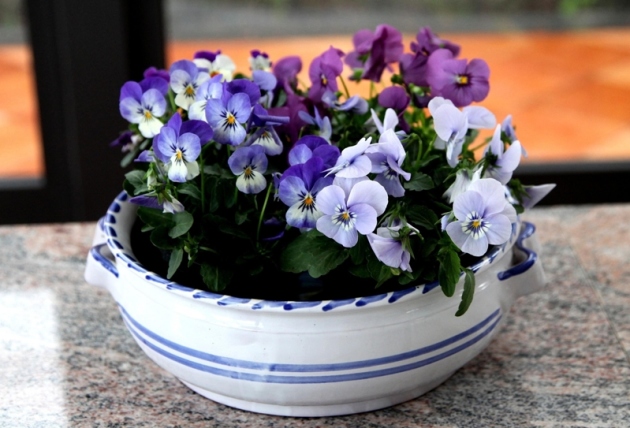
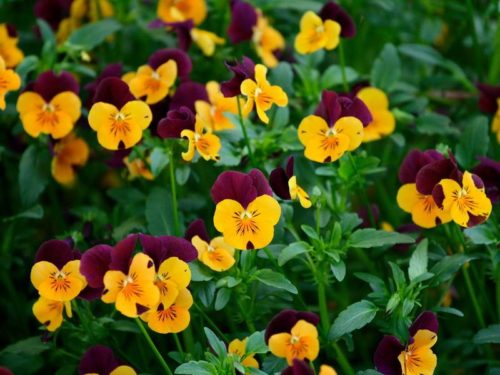

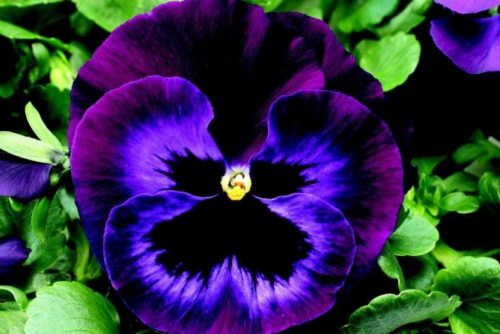
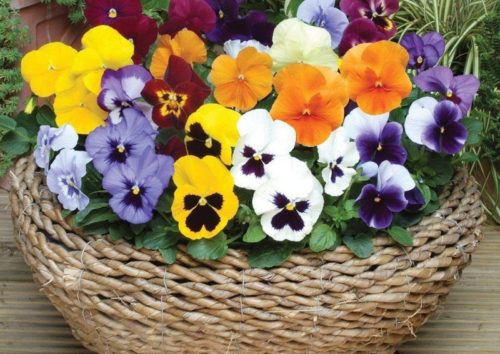
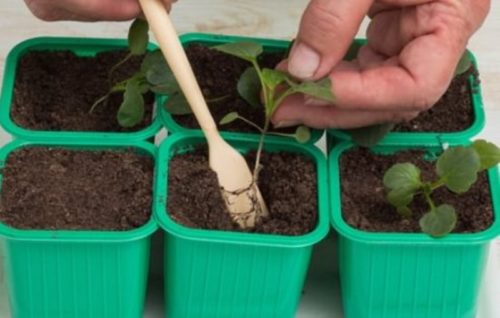
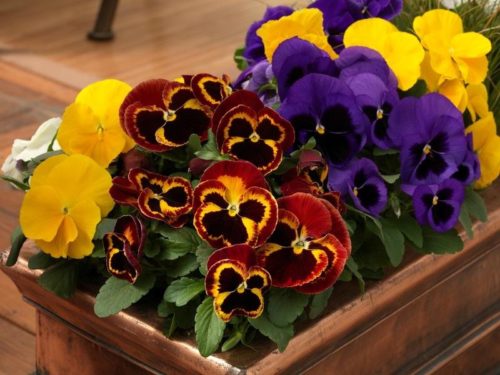
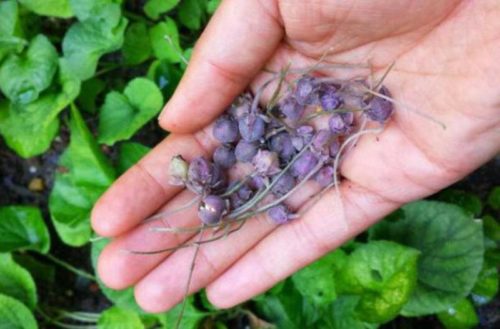
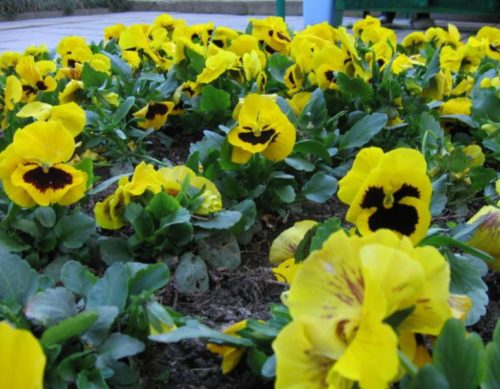
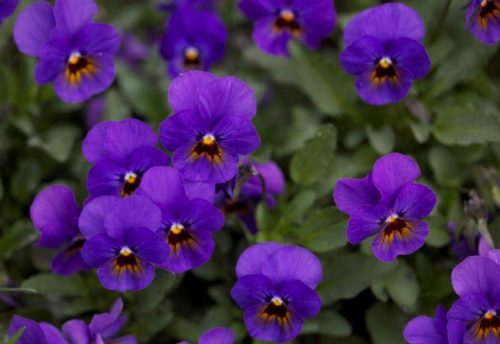
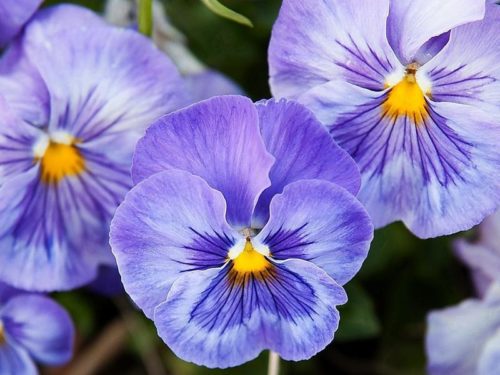
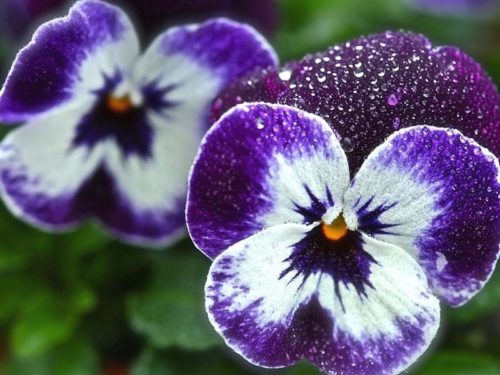

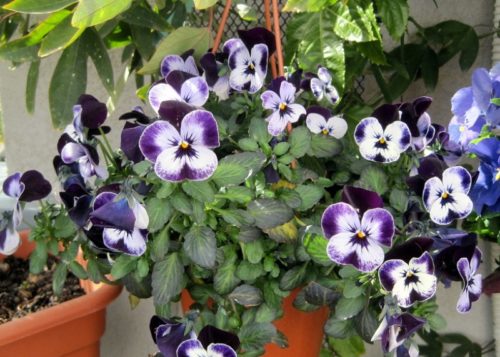
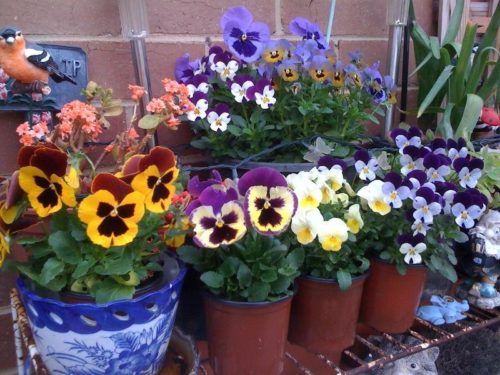
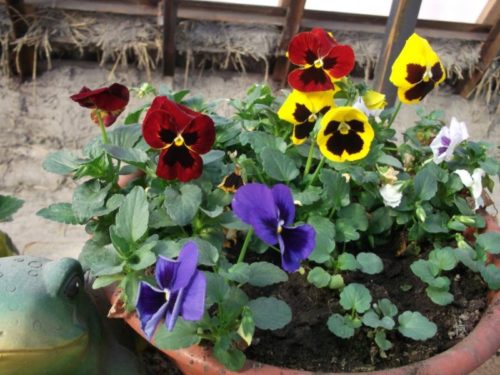












 Start a discussion ...
Start a discussion ...